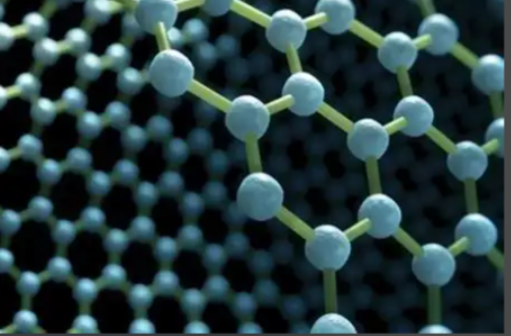Graphene in Agriculture: Smart Coatings, Sensors, and Crop Performance
As climate change and population growth increase pressure on global food systems, agricultural innovation must go beyond traditional fertilizers and pesticides. Graphene—a single layer of carbon atoms—has emerged as a powerful enabler of smart agriculture, offering novel tools for seed protection, crop monitoring, water retention, and nutrient delivery.

From graphene-based nanosensors to biocompatible coatings, the integration of graphene into agriculture is poised to transform how we grow, monitor, and protect crops.
🔹 1. Seed Coating with Graphene: Germination and Stress Resistance
a. Why Coat Seeds?
Coating seeds can:
-
Regulate moisture absorption
-
Protect against fungal infections
-
Deliver micronutrients or stimulants
b. Graphene’s Role
-
Graphene oxide (GO) improves seedling vigor and germination rate
-
Acts as a moisture reservoir under drought conditions
-
Can carry bioactive molecules or fertilizers
✅ Studies on wheat, chickpeas, and maize show 10–25% faster germination and root elongation.
🔹 2. Graphene-Based Sensors for Precision Farming
Smart farming demands real-time, remote monitoring of soil, crop, and environmental conditions.
Applications:
-
Soil nutrient sensors: Monitor nitrate, phosphate, potassium levels
-
Moisture sensors: Avoid over- or under-watering
-
Plant stress sensors: Detect early signs of disease or dehydration
Graphene’s benefits:
-
High sensitivity due to large surface area
-
Mechanical flexibility → suitable for plant leaves or soil probes
-
Real-time wireless integration
🔹 3. Water Retention and Controlled Release Fertilizers
Graphene-enhanced hydrogels and soil conditioners can:
-
Improve water-holding capacity
-
Reduce fertilizer leaching
-
Allow gradual nutrient release
Especially effective in arid regions or saline soils.
🔹 4. Disease and Pest Management
-
Antimicrobial graphene oxide films used to wrap produce or protect plants
-
Graphene–copper nanocomposites can kill fungal spores
-
Reduced graphene oxide (rGO) in pesticides allows targeted, low-dose application
✅ Graphene-based fungicide coatings have been shown to reduce mildew on tomato leaves by over 60%.
🔹 5. Environmental Impact and Biocompatibility
While graphene is generally considered biocompatible, long-term soil studies are still ongoing.
Considerations:
-
Use of oxidized forms (GO, rGO) over pristine graphene
-
Controlled dispersion to avoid nanoparticle buildup
-
Integration into biodegradable polymers for eco-safety
Graphene’s unique combination of strength, conductivity, and biocompatibility positions it as a game-changer in agriculture. From enhancing germination and enabling real-time monitoring to improving water and nutrient efficiency, graphene-based agro-technologies can help feed the world more sustainably.

